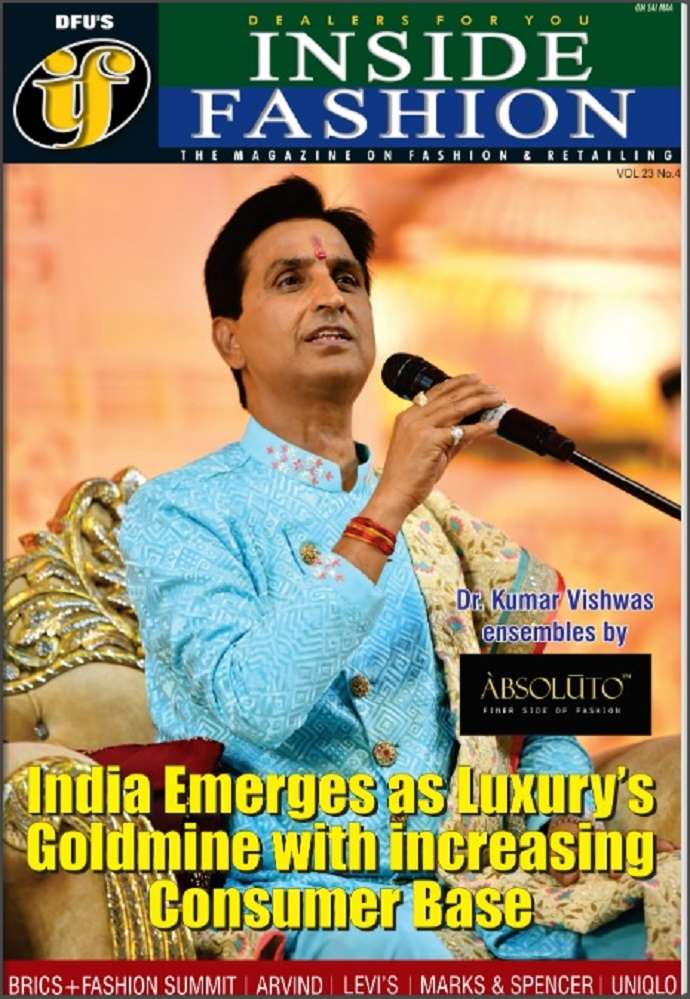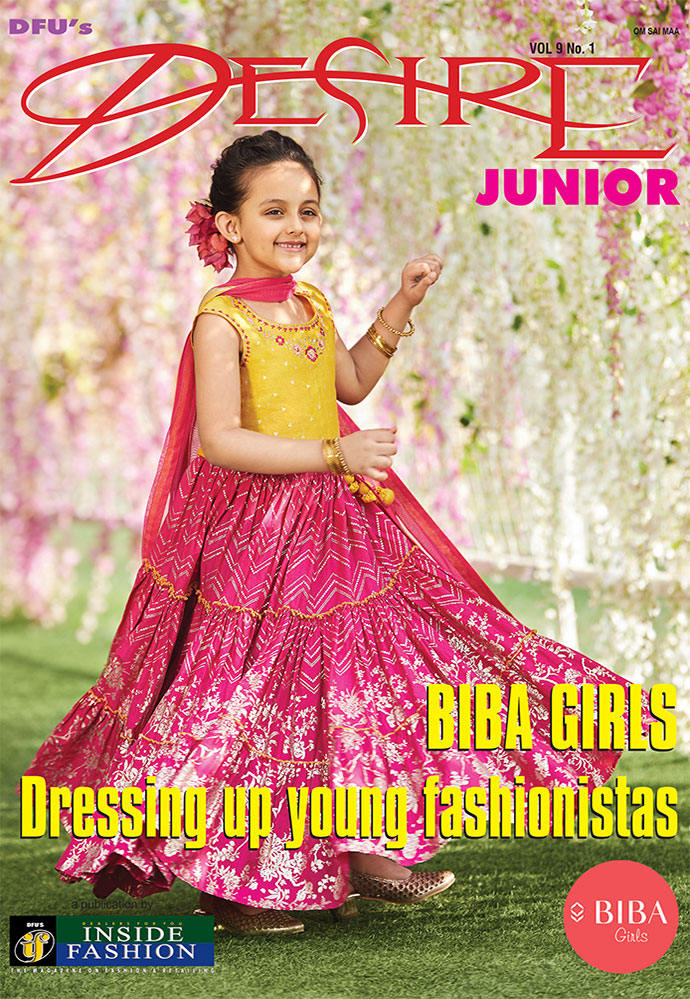Indian Menswear Market in 2024: A Wrap-Up Report

31 December 2024, Mumbai
Year 2024 for the Indian menswear sector was marked by evolving consumer preferences, economic shifts, and technological advancements. It was year of transformation and growth. This report looks at factors that shaped the segment and outlook for the industry in 2025.
What shaped the menswear segment in 2024
Several factors played a crucial role in shaping the menswear market this year.
The rise of value-conscious consumer: With economic uncertainties looming, consumers became more discerning in their spending habits. This led to an increase in demand for value-for-money offerings, with brands focusing on providing quality products at competitive prices.
The phygital experience: The lines between online and offline shopping continued to blur. Brands increasingly adopted omnichannel strategies, offering a seamless experience across physical stores, websites, and social media platforms.
Sustainability takes center stage: Consumers showed a growing preference for sustainable and ethically produced clothing. Brands responded by incorporating eco-friendly materials and practices into their production processes.
Personalization and customization: Men are increasingly seeking personalized fashion choices. This trend is being backed by the demand for customized clothing and bespoke tailoring services.
The athleisure boom: The athleisure trend continued its strong momentum, driven by a growing focus on health and wellness. Comfortable and stylish athleisure wear became a wardrobe staple for many men.
While the overall menswear market witnessed healthy growth in 2024, certain segments outperformed others.
Table: Key growth drivers of menswear segment
|
Segment |
Projected growth |
Actual growth |
Key drivers |
|
Athleisure |
15% |
18% |
Increased focus on fitness, comfort, and versatile styling |
|
Ethnic Wear |
12% |
10% |
Weddings and festive occasions, rising popularity of fusion wear |
|
Casual Wear |
10% |
12% |
Shift towards comfortable clothing, work-from-home culture |
|
Denim Wear |
8% |
7% |
Competition from other casual wear options, premiumization trend |
|
Formal Wear |
5% |
3% |
Decline in traditional office wear, rise of hybrid work models |
(Source: Statista, Industry Reports, Company Data)
Winners and Losers
Winners: Brands that successfully catered to the value-conscious consumer, embraced omnichannel strategies, and offered personalized experiences thrived in 2024. Direct-to-consumer brands and online retailers also gained market share. For example, innerwear and loungewear brand, DaMENSCH, exemplifies a success story in the menswear market. Their focus on premium quality, comfort, and innovative designs resonated with the modern Indian man. By leveraging digital channels and building a strong online presence, DaMENSCH achieved significant growth in 2024. "We believe in creating products that men love to wear. Our focus on quality, comfort, and innovation has helped us connect with our target audience and establish a strong brand identity," explains Deepti Karthik, Head of Marketing, DaMENSCH.
Losers: Traditional formalwear brands faced challenges due to the shift away from traditional office attire. Brands that failed to adapt to the changing consumer preferences and lagged in innovation also struggled.
Change drivers for 2025
"The Indian menswear market is poised for exciting growth in the coming years. Brands that can effectively leverage technology, cater to evolving consumer preferences, and embrace sustainability will be well-positioned for success," opines Ankur Bisen, Senior Partner & Head, Consumer, Food & Retail, Technopak Advisors. Some clear growth drivers will be:
Technological advancements: AI-powered personalization, virtual try-ons, and immersive shopping experiences are expected to transform the retail landscape.
Growing influence of social media: Social media platforms will continue to play a pivotal role in shaping fashion trends and influencing purchase decisions.
Focus on inclusivity: Brands are expected to embrace body positivity and cater to a diverse range of sizes and styles.
Meanwhile there will be a rise of 'Made in India' brands as a growing sense of national pride and support for local businesses is expected to boost domestic manufacturing and homegrown brands. Tier-II and Tier-III cities will continue to present significant growth opportunities, with rising disposable incomes and increasing fashion consciousness. And brands will focus on creating immersive and engaging shopping experiences to attract and retain customers.
























